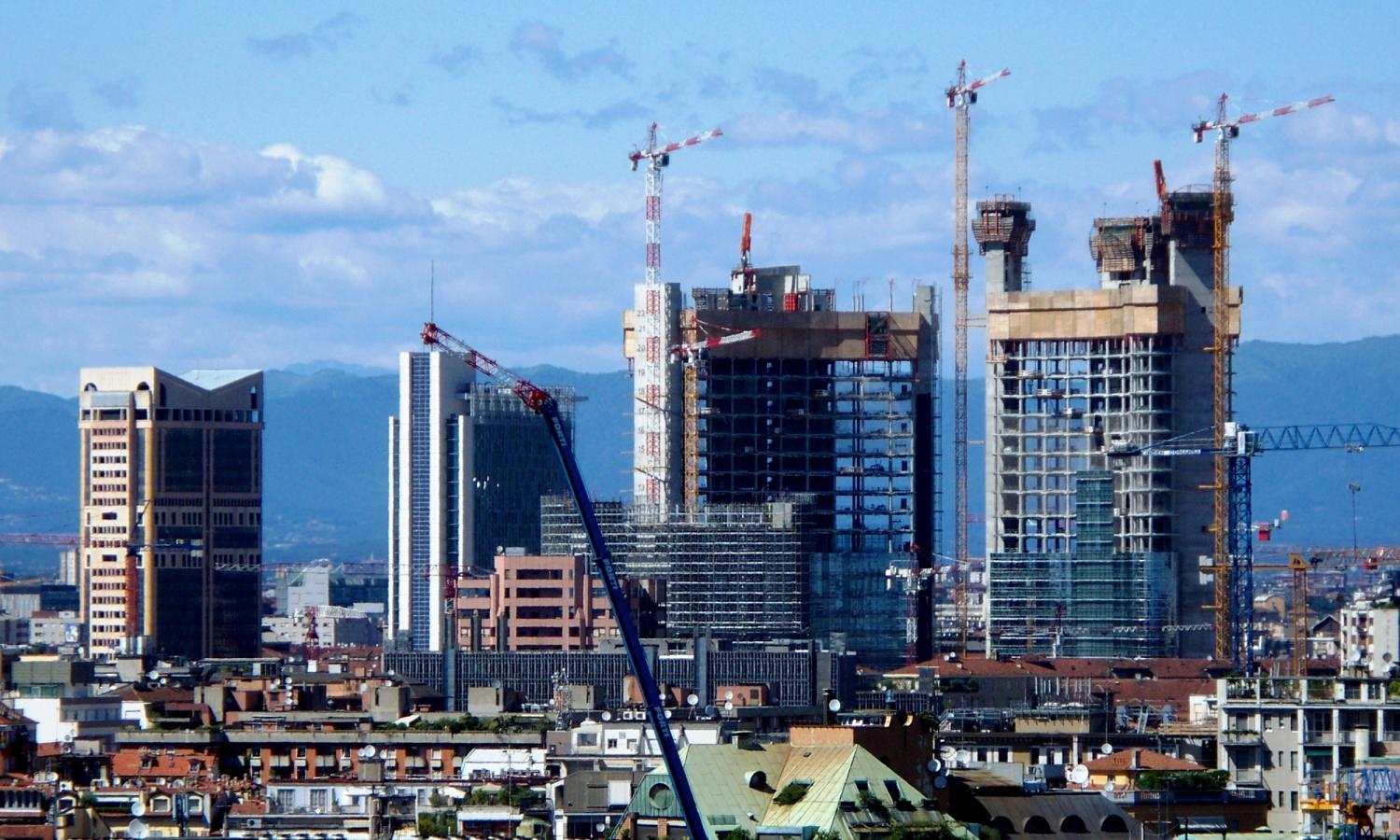This paper was presented at a joint IBPP-Hutchins Center conference on the productivity slowdown at Brookings on Friday, September 9. More details on the conference here.
Productivity is the most important determinant of the growth in living standards over the long run and its growth has been weak since 2004 and dismal since 2010. The simplest productivity measure is output per hour worked. Multifactor productivity growth adjusts for the contribution of capital and materials and provides a measure of the pace of technological change.
There has been considerable frustration felt by many researchers, commentators and policymakers trying to understand and do something about slow productivity growth. While many important questions remain, recent research, including that presented at the Brookings productivity conference on September 8-9, 2016 show that substantial progress has been made towards a better understanding of what is going on. And that opens the door to policies that could lead to faster growth.
- The period from World War II through the early 1970s was unusual in the productivity opportunities available to the economy. Over the long run, productivity growth is unlikely to match the 3 percent rate of increase of that period.
- If productivity growth were better measured, particularly in health and other services, the growth rate would look better than is currently
- The surge in productivity in the US economy for nine years starting after 1995 was linked to the rapid drop in semiconductor prices. In addition, efforts to eliminate negative productivity numbers in service industries contributed to the post-95 acceleration in measured growth.
- The most promising sign for future growth is that the most productive firms are growing faster than the rest. The frontier is still moving out. The most challenging finding is that diffusion of best practices is not pulling the rest of industry along. The natural force of competition among firms should work to prevent the dispersion of productivity from widening continuously and something appears to be blocking that process. [1]
- Policy efforts to mitigate this problem should focus on increasing competitive intensity, including through regulatory reform.
- Another reason for the widening of the productivity distribution is lack of managerial and worker capabilities to take advantage of the current wave of complex, information technology related
- Weakness in capital formation has contributed substantially to slow growth in labor productivity. Two policies to increase the rate of investment are: first, stimulate aggregate demand; and second, reform of corporate taxation which should, in turn, increase investment in manufacturing.
[1] We are reminded of Mancur Olson’s book The Rise and Decline of Nations.
The Brookings Institution is committed to quality, independence, and impact.
We are supported by a diverse array of funders. In line with our values and policies, each Brookings publication represents the sole views of its author(s).






